Have you ever dreamed of being the person who effortlessly owns the dance floor, but find yourself too shy to even try? Maybe you’re the one standing against the wall at social events, freezing up the moment the music starts. Believe us when we say, you’re not alone.
Dancing is a beautiful, universal expression of joy and creativity, but it can feel intimidating for many. Even though it’s supposed to be fun, it can trigger anxiety, self-doubt, and even stage fright. You might worry about being vulnerable, making mistakes, or feeling embarrassed in front of others.
It’s easy to assume that all dancers are born naturals, but trust us, plenty of people, even experienced ones, start out feeling awkward and self-conscious. The good news is that you can overcome these fears, and when you do, you’ll open yourself to a world of fun, self-expression, and connection.
Dancing in public can feel daunting, but with the right approach, it becomes an enjoyable and rewarding experience.
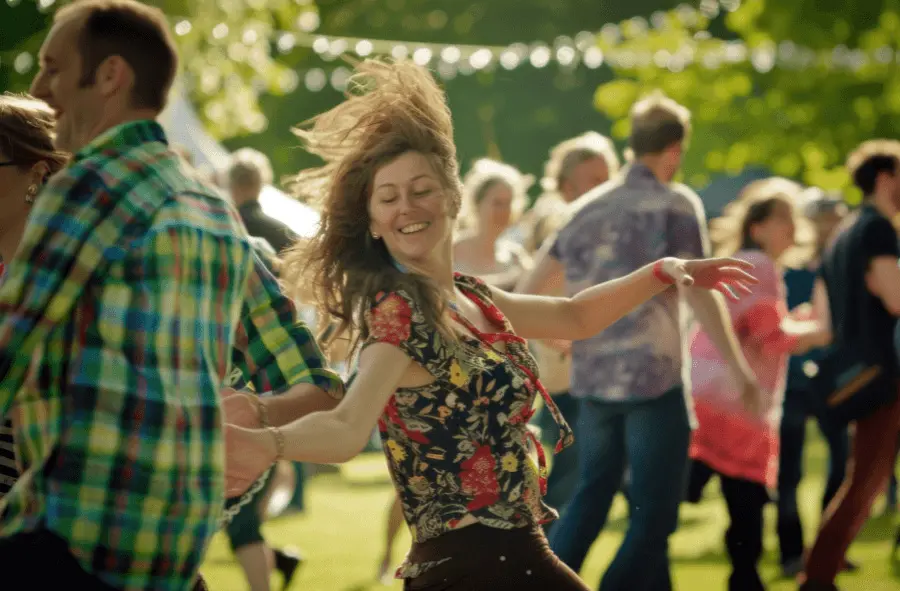
Fear of dancing often stems from deeper insecurities or experiences. To tackle it, you first need to understand where it comes from. Fear is completely natural, whether it’s fear of judgment, making mistakes, or not being good enough, and dancing can amplify these feelings because it requires personal exposure.
But dance isn’t just about the steps, it’s an expression of joy and celebration. When dancers move, they’re transmitting a part of themselves, creating something captivating for both themselves and the spectators.
Instead of focusing on fear, remind yourself that dance is a gift of self-expression, a chance to share your emotions, creativity, and happiness. Focus on that thought, and it can help you deal with the reason why you’re afraid in the first place.
Let’s face it, mistakes happen to everyone. Even the most famous and experienced dancers mess up, and it’s part of the process. Rather than letting the fear of messing up hold you back, embrace it as an opportunity to grow. It doesn’t have to be perfect to be enjoyable.
When you release the pressure to be flawless, you will begin to appreciate the beauty of dancing itself. Spectators and other dancers rarely focus on a dancer’s errors, instead, they’re drawn to the energy, expression, and personality being conveyed. And if you’re participating in dance lessons, you’ll always have an expert dance instructor to help you rectify your mistakes. Remember, it’s part of the learning experience.
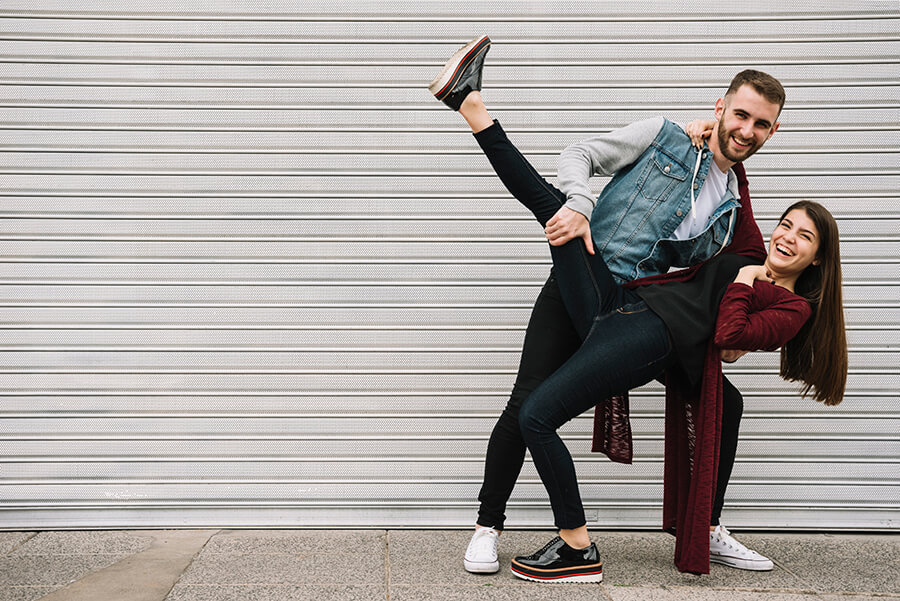
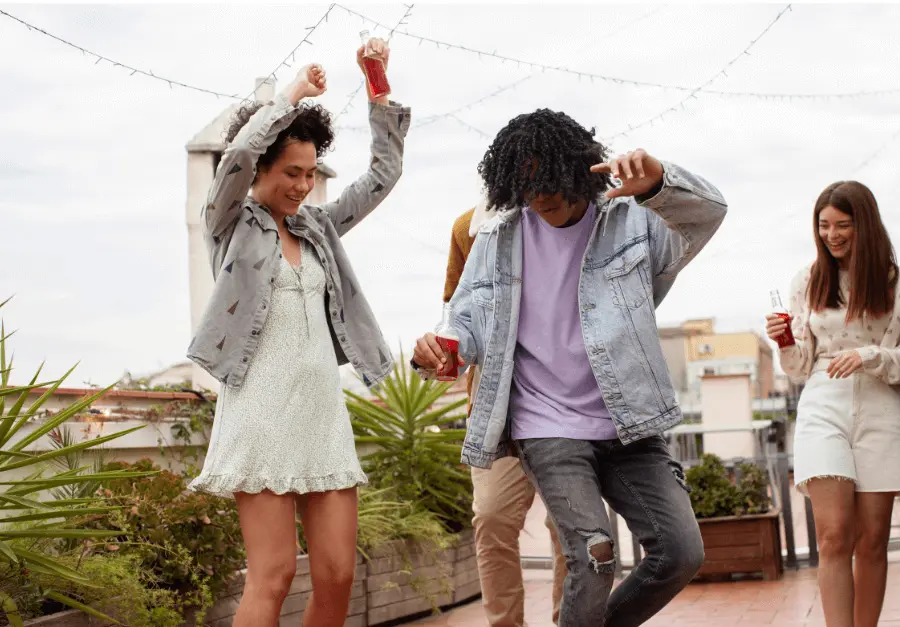
Yes, there are counts, moves, and techniques to learn, but at its core, dance is about expressing yourself, and there’s no right or wrong. When you’re learning, choreographing, or freestyling, there are no rigid rules to follow, so it would be unfair to judge yourself at such an early stage. You’re simply letting your body and mind connect with the rhythm.
One of the most liberating realizations is that dance doesn’t have to fit into a box, and a wrong move doesn’t make you a terrible dancer. The key is to commit to your style and enjoy discovering what feels natural to you. Dance your truth, feel it come from the depths of your emotions, and it will always feel natural and authentic.
One of the biggest barriers to dancing is the fear of being judged. This fear isn’t limited to dance, it can show up in many areas of life. But here’s the secret, most people are too preoccupied with their own things to critique yours. So instead of comparing your dance skills with others, focus on yourself.
Imagine what dancing babies look like. Let the music guide you and tap into the joy it brings without the worry of who’s watching, and don’t forget to smile. The more you smile, the more others will notice your energy rather than your steps. Dancing like no one is watching is a mindset that can transform your confidence not just on the dance floor, but in every aspect of your life.
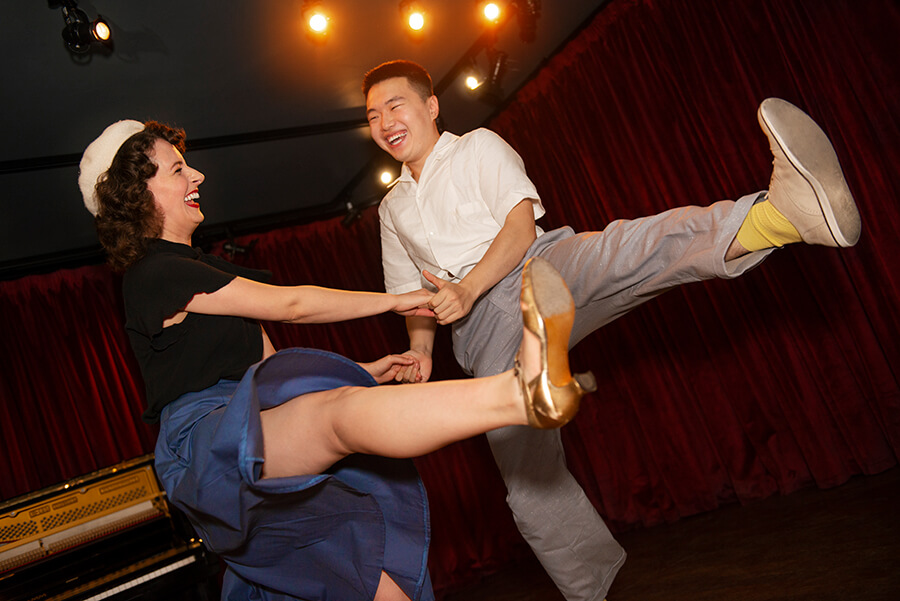
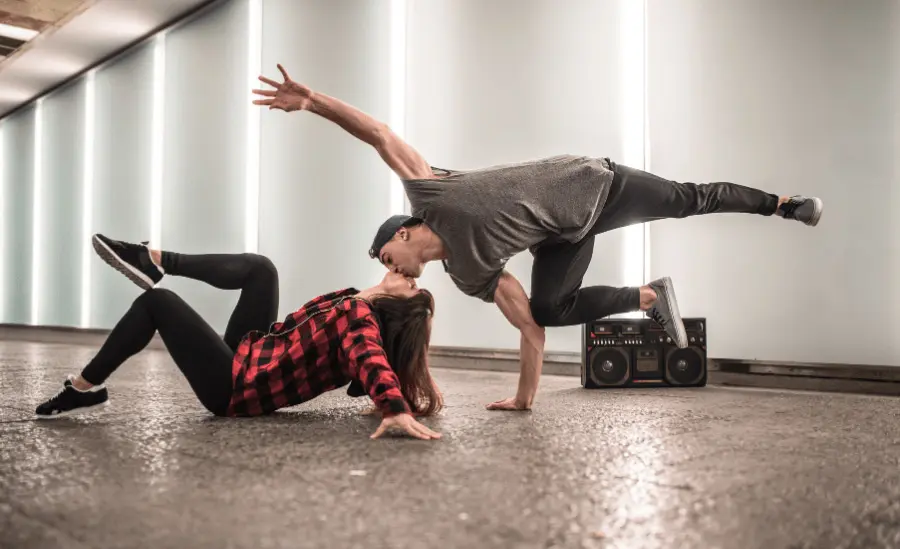
The hardest step is always the first one, but the regret of not trying is often worse than the fear itself. Suppressing your potential or avoiding new experiences will only hold you back, and you don’t want to do that injustice to yourself. Confront your fear and take that leap of faith.
Every dancer, even the best ones in the world, has been where you are, nervous, uncertain, and maybe even scared. The first few times are always the hardest, but the more you dance, the easier it becomes. So let yourself be carried by the music, embrace the moment, and share the joy of dancing with others.
Believe it or not, there’s an actual term for the fear of dancing called Chorophobia. It’s not just about feeling shy or nervous, but a genuine condition that can make the thought of dancing extremely uncomfortable. For some, it’s mild, but for others, it’s a deep-rooted fear. Knowing that this fear has a name can be the first step toward understanding and addressing it.
There are several reasons someone might develop a fear of dancing, and understanding these can help you take the first step toward overcoming it.
Maybe someone laughed at you when you danced as a kid, or you had a bad experience on the dance floor. Those moments can stick with you and create a fear of dancing. There can also be other traumatic events unrelated to dancing that can cause Chorophopia.
Low self-esteem and lack of motivation, often linked to depression, can make the idea of dancing feel overwhelming.
If you grew up in an environment where self-expression wasn’t encouraged, dancing might feel unnatural or even scary.
Fear of crowds, social anxiety, or performance-related fears can also feed into Chorophobia.
Chorophobia can manifest in different ways, and it’s important to recognize the signs.
You might feel your heart racing, start sweating, or struggle to catch your breath when faced with the idea of dancing.
Skipping events where dancing might happen or staying on the sidelines.
You might avoid parties, clubs, or weddings altogether.
Feeling upset or even angry if someone asks you to dance.
If Chorophobia is holding you back from dancing, there are effective treatments to help you move past it.
Talking to a therapist can help you explore the root of your fear and work through it.
This technique is often used by some therapists to address and reframe subconscious fears about dancing.
Start small, like dancing in private or with close friends, and gradually build your confidence.
In severe cases, medication can help manage the anxiety associated with chorophobia.
At our dance studio, we often share these tips with dancers right before they are about to hit the dance floor, beginners, and experienced alike.
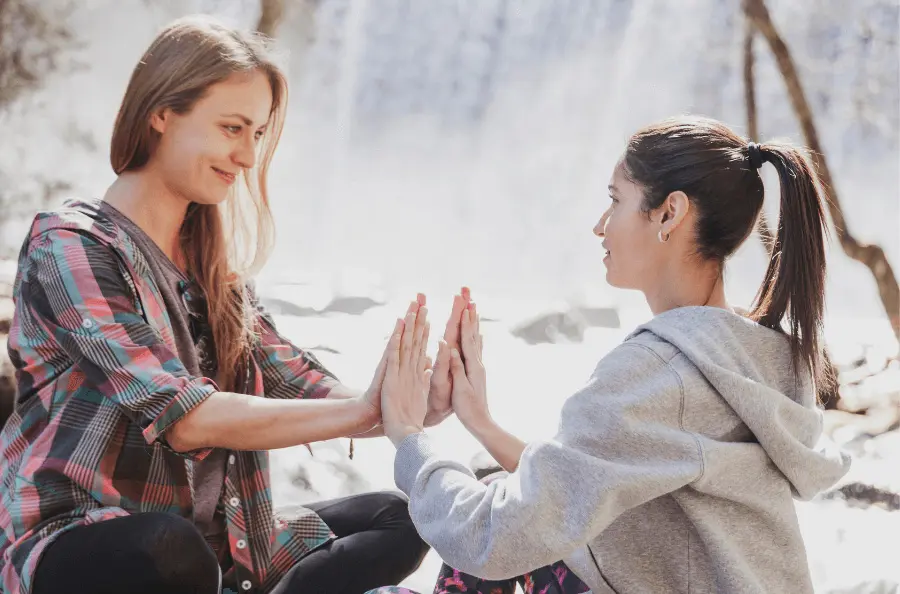
When anxiety starts creeping in, deep breaths are a simple yet powerful tool to calm both your mind and body, helping you regulate your nervous system and prevent panic from taking over. Anxiety often begins with shallow, rapid breathing, which can make you feel out of control. Instead, slow down, inhale deeply, and exhale fully. It’s amazing how a moment of mindfulness can help you stay composed when you step onto the dance floor.
Your mind can be your best ally or your worst enemy. Instead of fixating on all the things that could go wrong, like tripping, forgetting moves, or feeling awkward, redirect your thoughts to the positives. Picture how free it will feel to move to the music, how satisfying it will be to let go, and how much fun you can have. Often, the worst-case scenarios we imagine never happen, so why waste energy on them? So shift your focus on the joy and confidence dancing can bring.

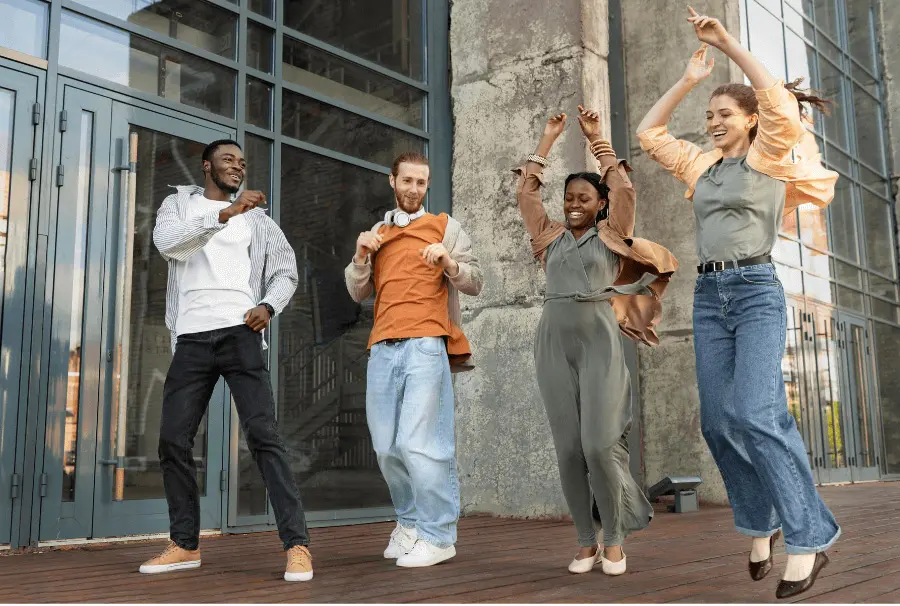
Nobody starts as a flawless dancer, not even the professionals. Mistakes are an inevitable part of learning, and they’re nothing to be afraid of but should be seen as opportunities for growth instead. So, when you stumble or miss a beat, don’t stop. Keep going, laugh it off, and embrace the imperfections. The more you let go of the need to be perfect, the more you’ll enjoy the experience, and the quicker you’ll improve.
Some dance styles can be more intimidating than others, depending on their character, music, and performance style, so start with a dance form that feels more approachable. And it’s best to start at a school that specializes in dance instruction, not a gym, a community center, or a nightclub.
East Coast Swing or Lindy Hop is fun and bouncy, encouraging joy and camaraderie with its lively rhythms.
Despite its faster pace, Salsa’s rhythmic and vibrant nature makes it exciting yet approachable for newcomers.
The Jive’s energetic yet playful personality is accompanied by a focus on fun and cheekiness, making it a less intimidating choice.
Hip-hop is expressive, freestyle-friendly, and doesn’t require rigid technique, and you can move at your own pace without fear of messing up.
Some dance forms are best tackled once you feel more comfortable and confident. But don’t write them off completely off your list. Every dance is exciting to learn, so try them once you’re more comfortable on the dance floor.
Paso Doble’s sharp, forceful movements and dramatic poses can feel intimidating for beginners.
The fast pace and continuous spinning of the Viennese Waltz can feel overwhelming or dizzying for beginners.
If stepping onto the dance floor still feels overwhelming, you don’t have to go at it alone. You can attend the dance classes at our Warren, NJ, studio, and our team of expert dance instructors will help you step into a positive territory, developing your confidence. We conduct private lessons or group classes tailored to every student’s comfort level.
With our group dance classes and private lessons scheduled at your convenience, you can progress at your own pace in a supportive and welcoming environment. If you’re considering taking ballroom dance lessons at our studio, make sure you check out our introductory offer for new students. Take that first step with us, and let’s turn your fear into joy, one dance move at a time!